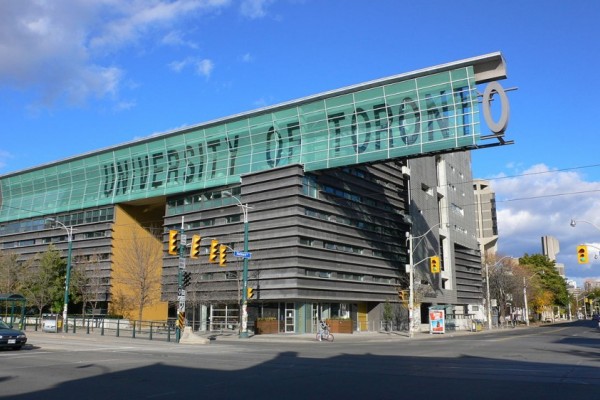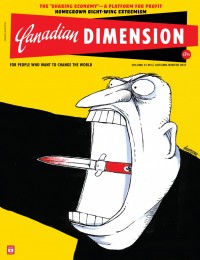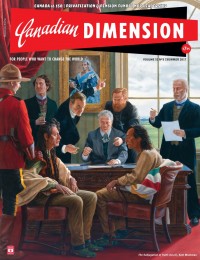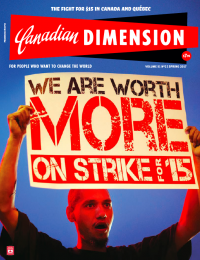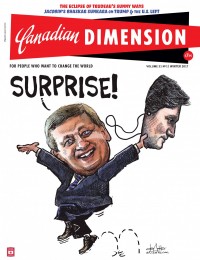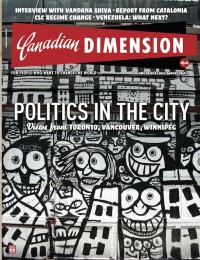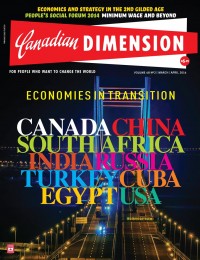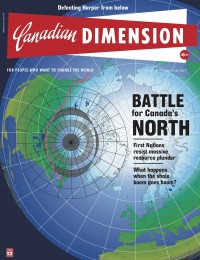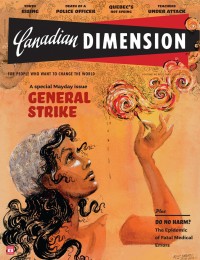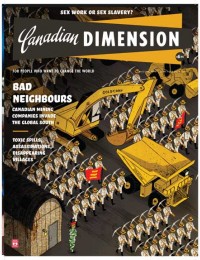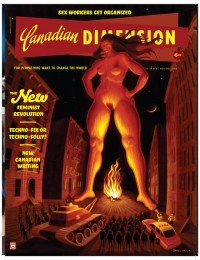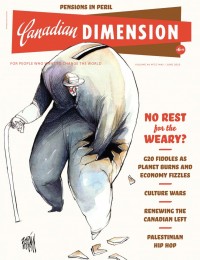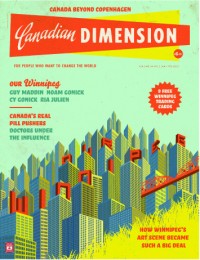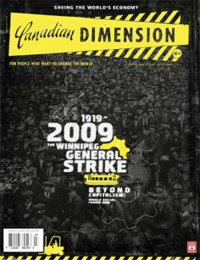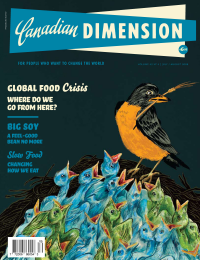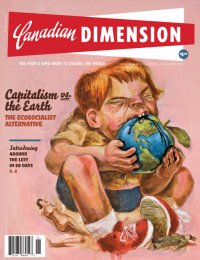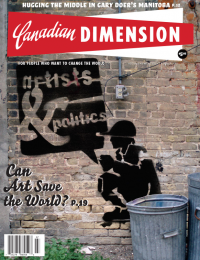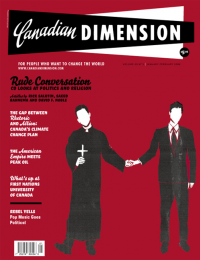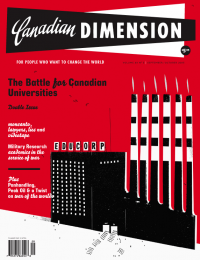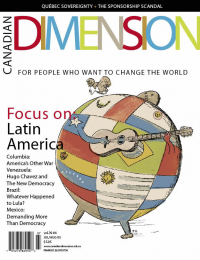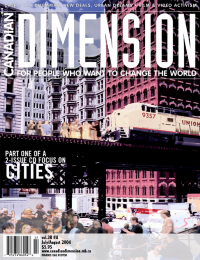Leaders and Members at Odds on CLC
There is a tendency within Canadian labour to ignore the split occurring in the AFL-CIO. This is a mistake. In the United States the leadership of the largest unions have initiated a debate about the structure of the movement and the role of the AFL-CIO. The three largest unions have left the AFL-CIO and more may join them. In contrast, the leaderships of most Canadian unions appear completely satisfied with the laissez-faire approach of the Canadian Labour Congress (CLC) towards organizing and bargaining. But the election results in the CLC convention, where challenger Carol Wall received a whopping 37 per cent, indicates many activists feel otherwise. In fact, the debate in Canada is alive and well whether the leadership likes it or not.
In the U.S., several of the largest unions have united under the banner “Change to Win.” The leaderships of these unions argue labour needs to restructure along industry jurisdictions. This would allow unions to develop sufficient density within a sector so they could approach organizing and collective bargaining from a strategic perspective. This contrasts with the current trend for unions to organize anyone and everyone with the result that few sectors are sufficiently organized and dominated by one union. Since unions are notorious for their inability to cooperate effectively with one other, the consequences of this organizational anarchy are reduced clout at the bargaining table, ineffective servicing and less ability to conduct political campaigns and community organizing. The leadership of the “Change to Win” unions also want the AFL-CIO to play a more vigorous role supporting unions’ efforts to organize new members.
While the dissident leadership within the mainstream of the U.S. labour movement wants a more activist and interventionist AFL-CIO, there is no indication that many Canadian labour leaders want the CLC to rock the boat in any way. At the June CLC convention, it was the candidacy of Carol Wall for president that opened the door to discussion of the role of the CLC with respect to organizing and collective bargaining.
At the convention, Wall called for the CLC to bring unions together to map out a strategy to take on Wal-Mart. She stated, “We need more cooperation and less competition between unions. It is clear the current campaign to organize Wal-Mart should not fall to the UFCW alone.”
This was in direct contrast to the position taken by CLC President Georgetti. Georgetti was clear the CLC did not have any role in organizing new members. It was not, he stated, the CLC’s role to interfere with the efforts of affiliates. Should affiliates request it, the Congress would provide support. The primary role of the CLC will be political actions like parliamentary lobbying, submitting briefs and participating in political campaigns. This approach is reflected in the CLC Action Plan, published following the convention, which states that CLC activities “will include advocacy and lobbying; political action; coalition building; campaigns; training of activists and labour councils; local actions such as demonstrations and rallies; communications and media campaigns; and international solidarity actions.” Nowhere is there a reference to organizing new members or supporting unions in collective bargaining.
At the CLC convention, it was clear that most of the affiliate union leadership supports this “hands off” approach. The union leadership, with the exception of CUPW and PSAC,
closed ranks in support of Georgetti.
Some unions, like UniteHere, the CAW, the Steelworkers and the Communi-cations, Energy and Paperworkers Union, even refused to let challenger Carol Wall address their caucus as a candidate.
Obtaining 37 per cent of the vote at a CLC convention is a remarkable feat, especially for a challenger without the support of several major unions. Much of the credit must go to Wall. She is a formidable and articulate activist and leader who clearly impressed the delegates. Also, her message of a more activist, interventionist and militant CLC struck a chord with very many delegates.
The debate about the future of the CLC, and the type of labour movement we want, now needs to move inside the affiliate unions. Many unions contribute millions of dollars in dues to the CLC, yet there is precious little discussion within the affiliates as to what we want it to do. It is obvious that within many unions there is a wide difference between the expectations of activists and the positions of union leaders.
This article appeared in the September/October 2005 issue of Canadian Dimension (The Battle for Canadian Universities).






